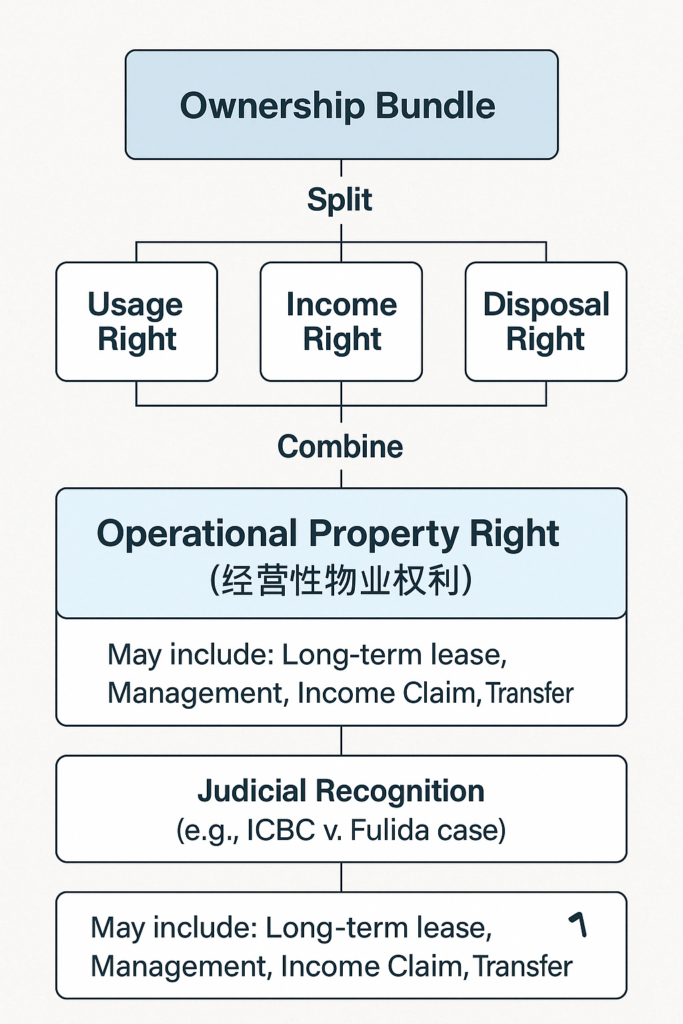When financing an investment property in the U.S., landlords face a critical choice: repayment (amortizing) mortgages or interest-only loans. While both options help you acquire real estate, their long-term financial impact differs dramatically—affecting cash flow, tax efficiency, and even your ability to scale a portfolio.
This guide breaks down the strategic advantages of each loan type, with a focus on why experienced investors often prefer interest-only financing—not because they can’t afford to pay down principal, but because they want to deploy capital more efficiently.
Part 1: How Repayment and Interest-Only Mortgages Work
1. Repayment (Amortizing) Mortgages
- Structure: Monthly payments cover both principal + interest, fully paying off the loan by maturity (e.g., 30 years).
- Pros:
- Builds equity automatically.
- Lower risk for lenders, so easier to qualify (especially for first-time investors).
- Cons:
- Higher monthly payments (e.g., **1,500/month∗∗ona1,500/month∗∗ona300K loan at 6% vs. $1,000/month interest-only).
- Ties up cash in illiquid home equity.
2. Interest-Only Mortgages
- Structure: Pay only interest for a fixed term (e.g., 5–10 years), then refinance or repay the principal in a lump sum.
- Pros:
- Lower payments = higher cash flow (e.g., 40–50% savings vs. repayment).
- Flexibility to reinvest surplus cash into upgrades, acquisitions, or reserves.
- Cons:
- Requires a clear exit strategy (e.g., refinancing, sale, or savings).
- Risk of payment shock if rates rise at renewal.
Key Insight: Interest-only loans aren’t about avoiding debt—they’re about optimizing leverage.
Part 2: Why Savvy U.S. Investors Choose Interest-Only
1. Maximizing Cash Flow for Portfolio Growth
- Example: A $400,000 loan at 7% interest:
- Repayment: ~$2,660/month (principal + interest).
- Interest-only: ~$2,333/month (interest only).
- Savings: 327/month∗∗or∗∗327/month∗∗or∗∗3,924/year—enough to cover:
- Property maintenance.
- Down payment savings for another rental.
- Higher-yielding investments (e.g., stocks, private lending).
Data Point: 62% of U.S. rental property buyers use interest-only loans for multifamily acquisitions (National Association of Realtors, 2024).
2. Inflation and Appreciation Work in Your Favor
- Inflation Hedge: With U.S. inflation averaging 3.1% annually (since 2000), debt becomes “cheaper” over time. A 500Kloantodaycouldfeellike∗∗500Kloantodaycouldfeellike∗∗300K in real terms** in 20 years.
- Appreciation Gains: Historically, U.S. homes appreciate 4–5% yearly. Investors who delay principal repayment capture more upside.
Case Study: A San Diego investor used interest-only financing in 2015 (600Kloan).By2025,theproperty’svaluegrewto∗∗600Kloan).By2025,theproperty’svaluegrewto∗∗950K**—allowing a tax-free cash-out refinance to repay the original principal.
3. Liquidity for Opportunistic Investing
- Repayment mortgages “lock” capital into equity, which is hard to access without selling or refinancing.
- Interest-only loans preserve liquidity for:
- BRRRR strategy (Buy, Rehab, Rent, Refinance, Repeat).
- 1031 exchanges (deferring capital gains taxes).
- Market downturns (buying distressed assets).
Investor Tip: The best time to buy is when others are forced to sell. Interest-only loans keep dry powder ready.
Part 3: When Repayment Mortgages Make Sense
Interest-only isn’t for everyone. Consider repayment loans if:
1. Short-Term Hold Plans
- Selling within 5–7 years? Principal reduction minimizes refinancing risks.
2. Low-Risk Tolerance
- Prefer debt-free ownership over leverage? Repayment loans provide peace of mind.
3. Primary Residence or House Hacking
- Banks rarely offer interest-only loans for owner-occupied properties.
4. Approaching Retirement
- Older investors may prioritize fixed expenses over growth.
Part 4: Tax and Lending Considerations
1. U.S. Tax Benefits
- Interest Deductions: Mortgage interest is tax-deductible for investment properties (up to $750K loan balance).
- Depreciation: Offsets rental income, reducing taxable cash flow.
2. Lender Requirements
- Interest-only loans typically require:
- 25–30% down payment (vs. 20% for repayment).
- Strong credit (720+ FICO).
- Proof of exit strategy (e.g., reserves, other assets).
Conclusion: Align Your Loan with Your Strategy
Your mortgage choice isn’t just about payments—it’s about positioning for future opportunities.
- Choose Interest-Only If:
- You’re scaling a portfolio.
- You understand leverage and inflation.
- You have a clear repayment plan.
- Choose Repayment If:
- You prioritize stability over growth.
- You’re buying a short-term flip or primary home.
Final Advice: Run projections using rental income calculators and consult a CPA + mortgage broker to stress-test your strategy.
🥳 Love My Content?
Fuel more free guides with a beer! 🍺
(Every sip makes the keyboard dance!)
Secured via PayPal • No account needed

 SinoLoanHub: Expert Business Loan Solutions for North American Companies
SinoLoanHub: Expert Business Loan Solutions for North American Companies






